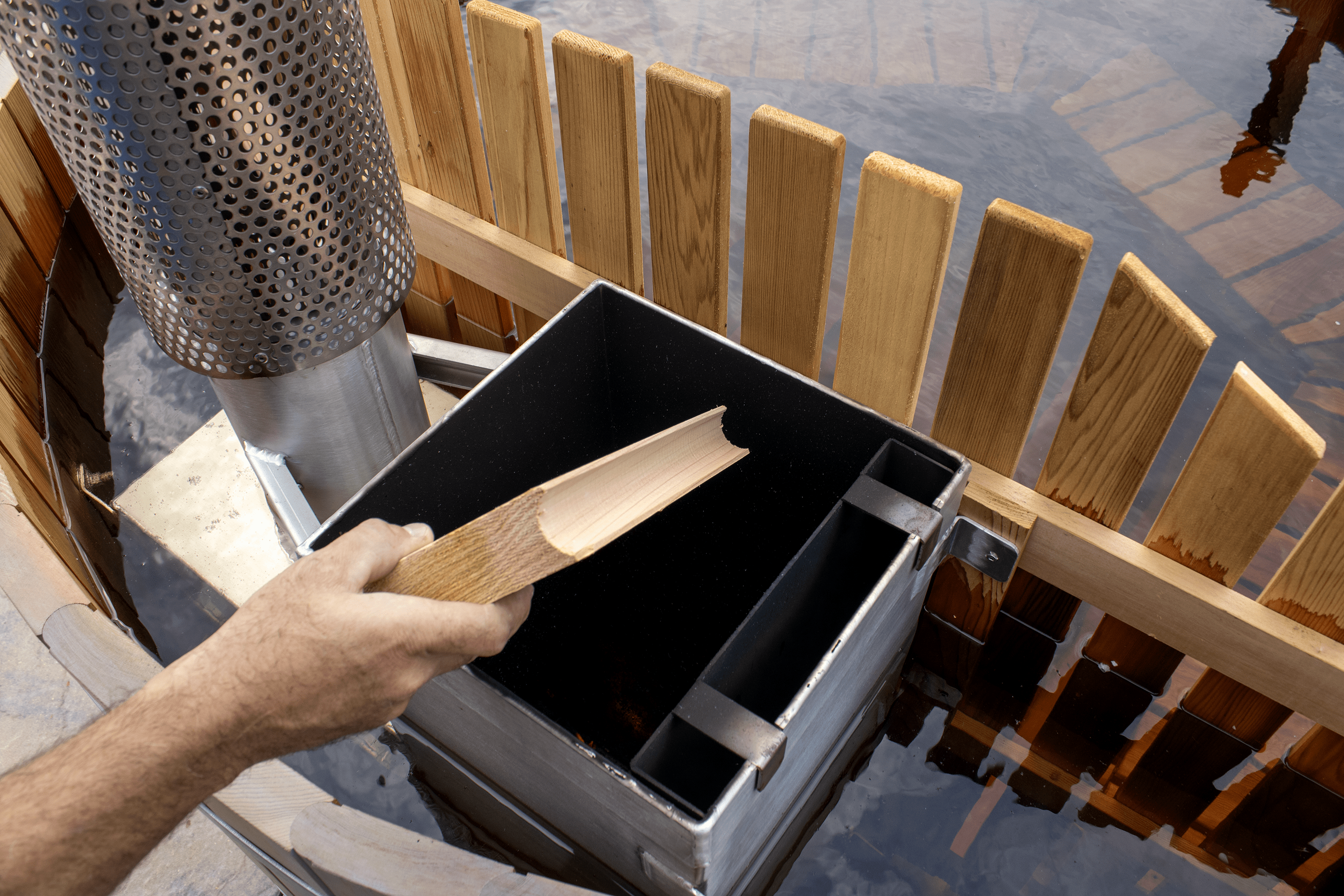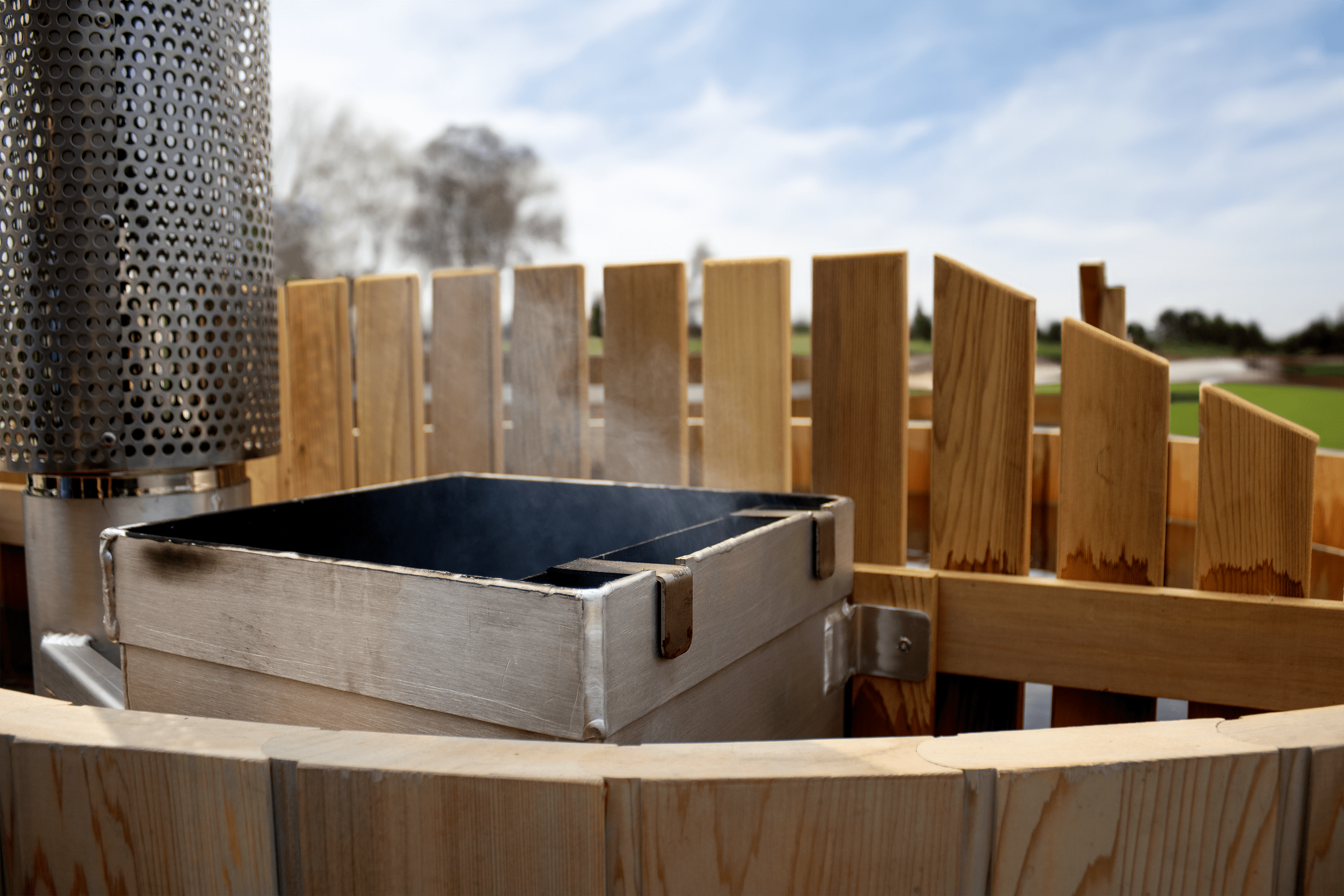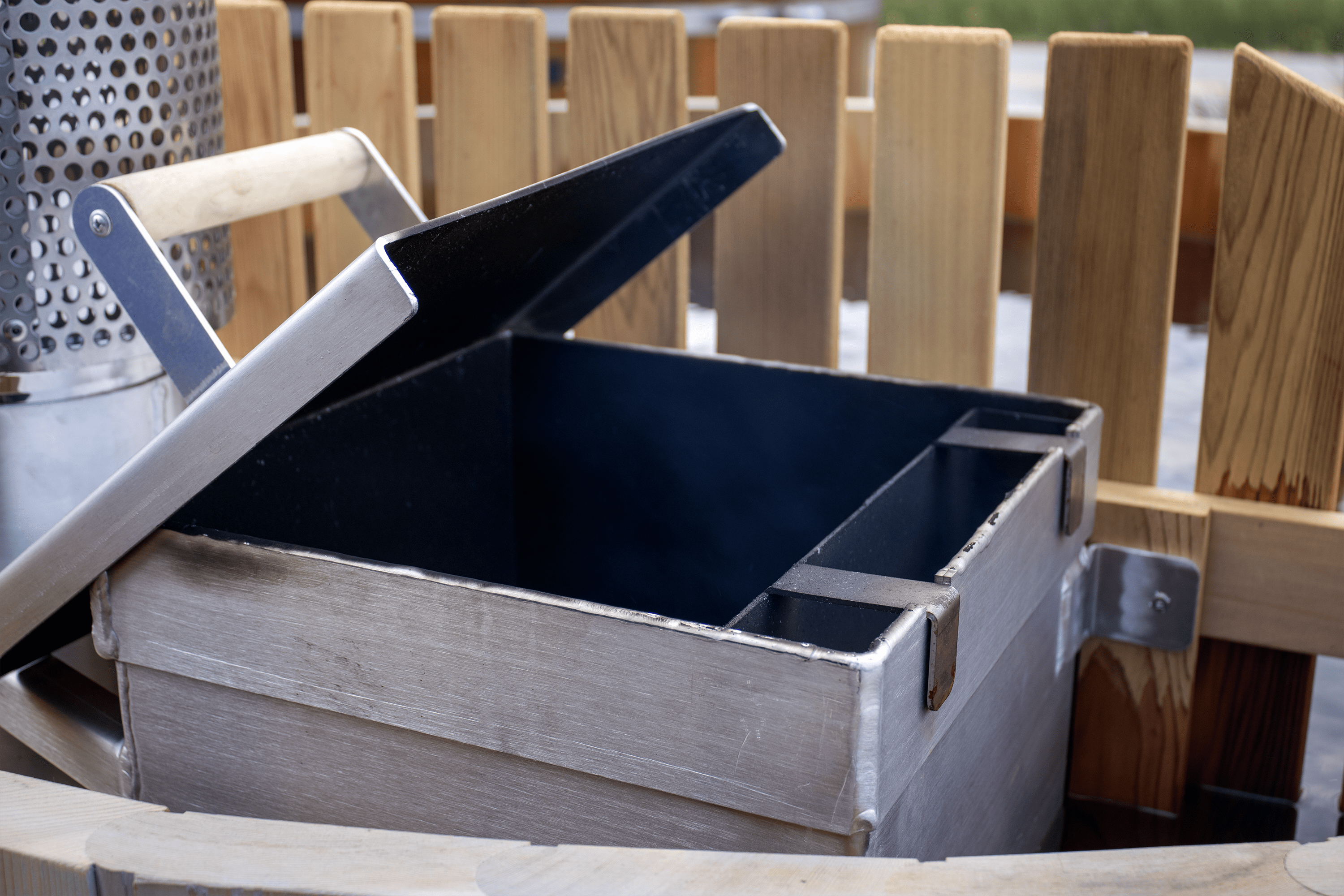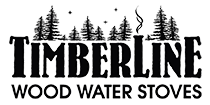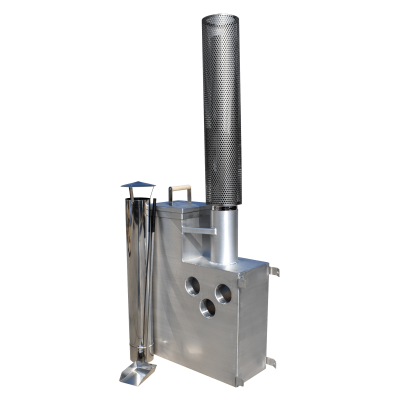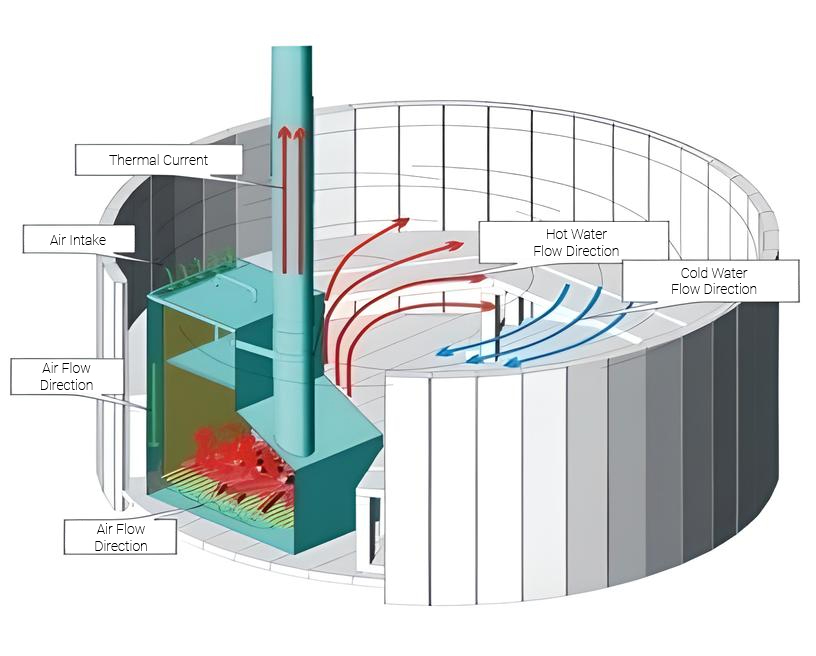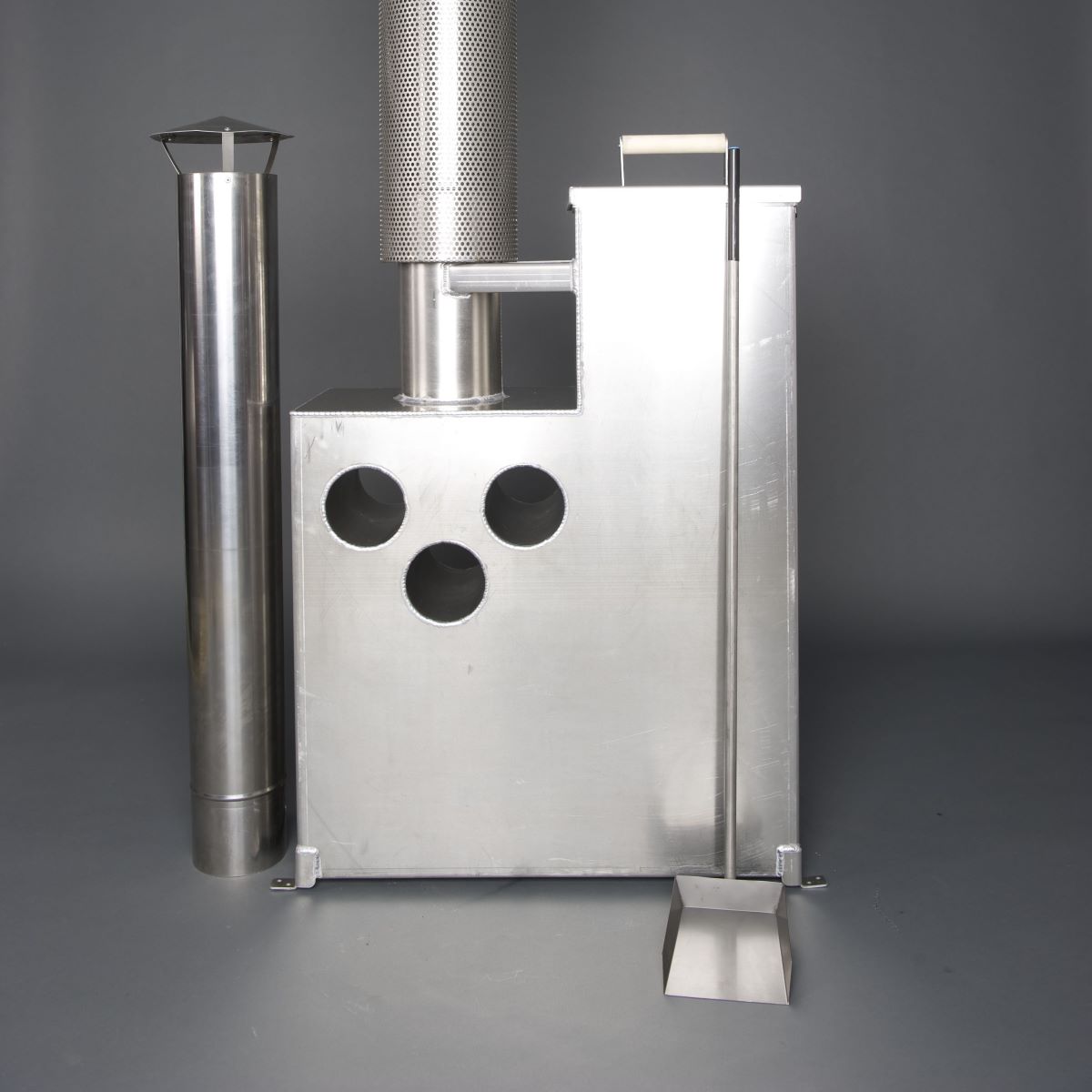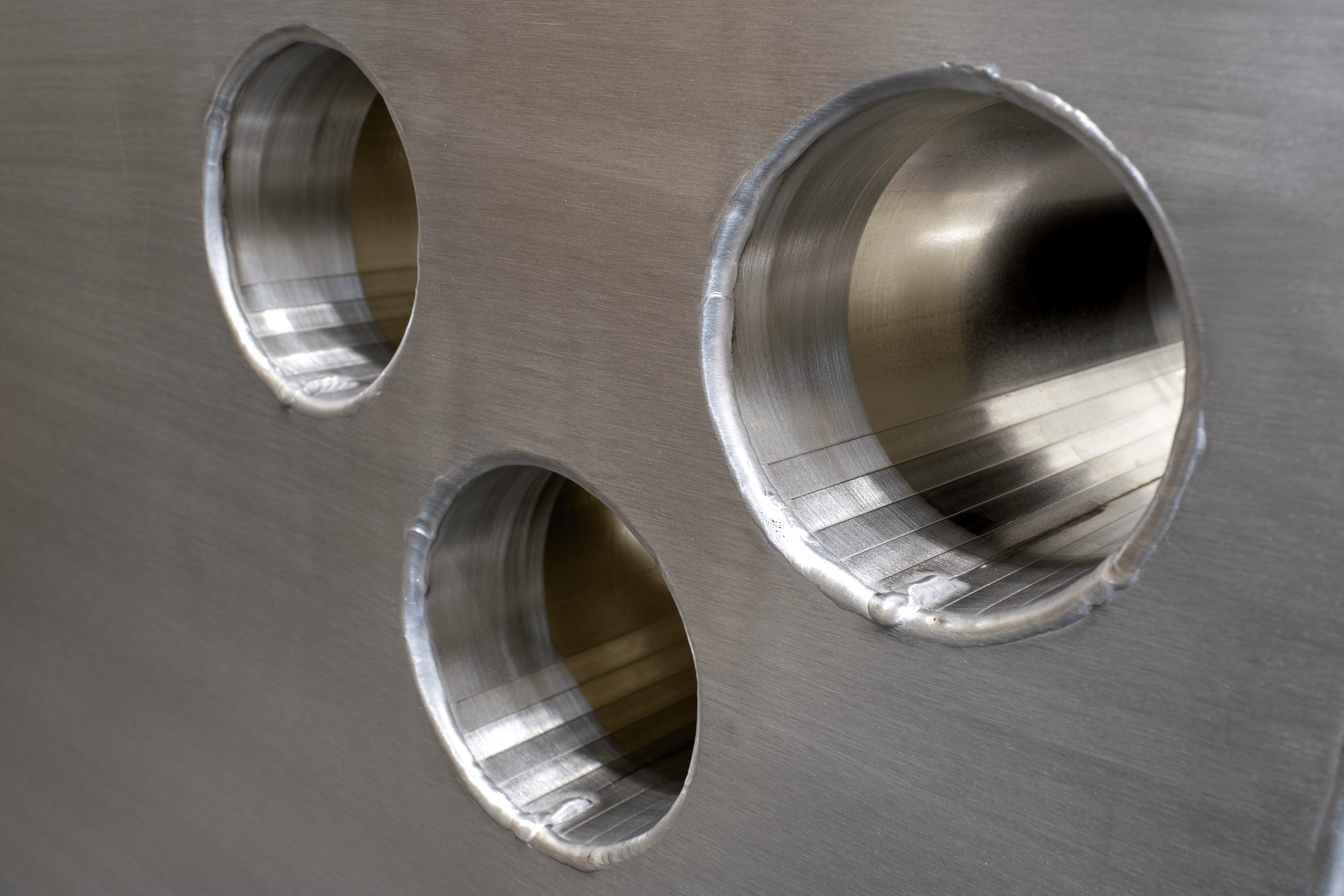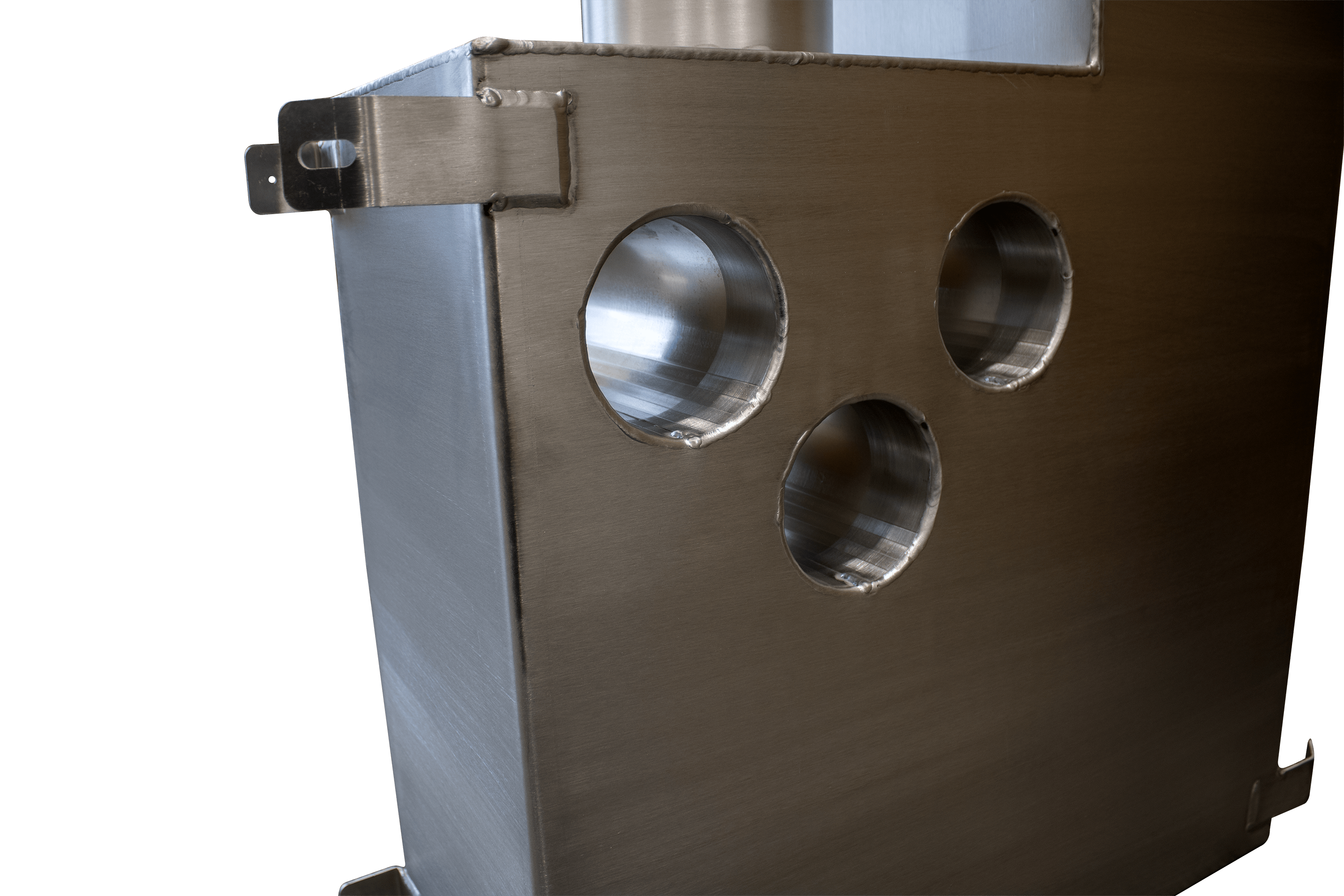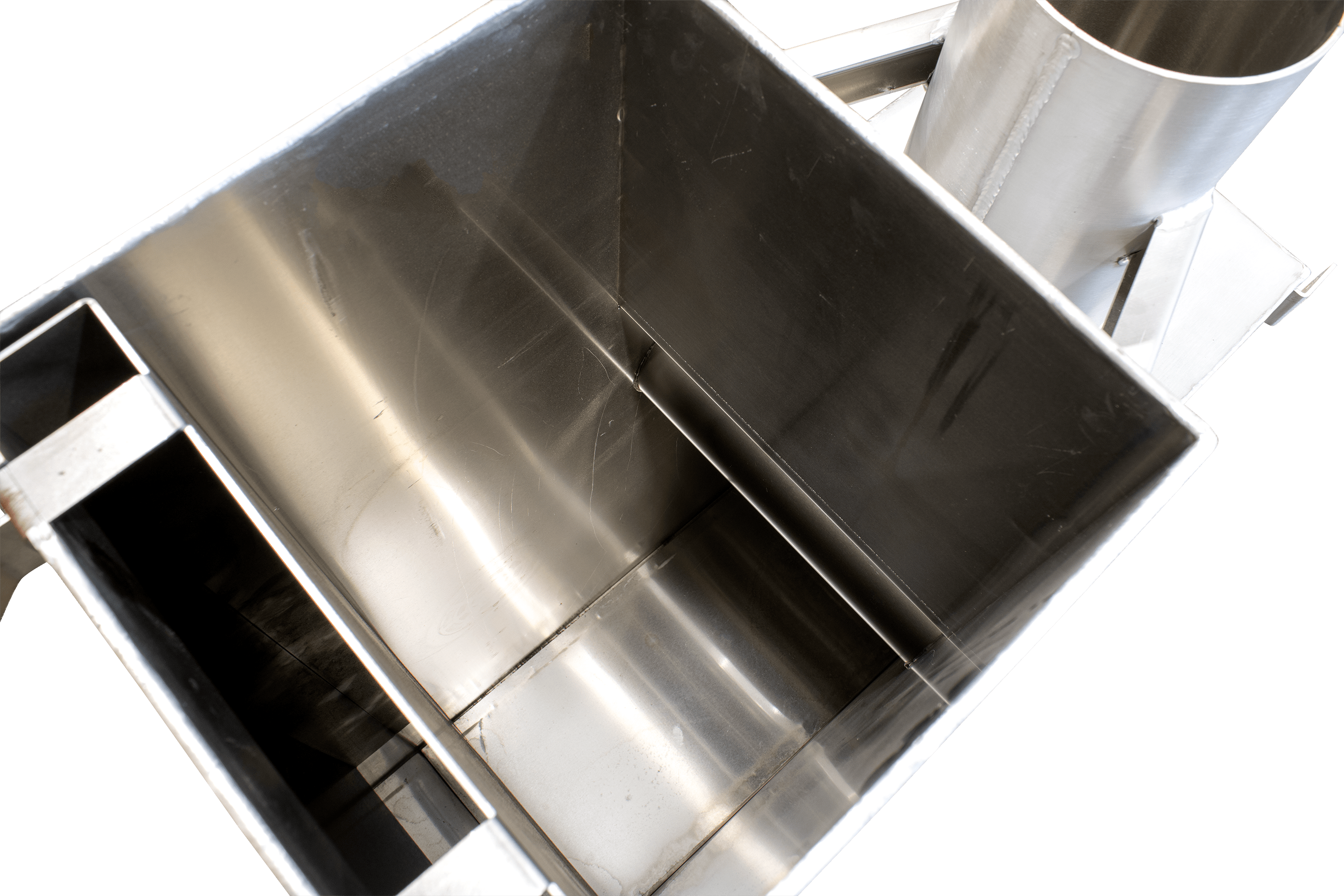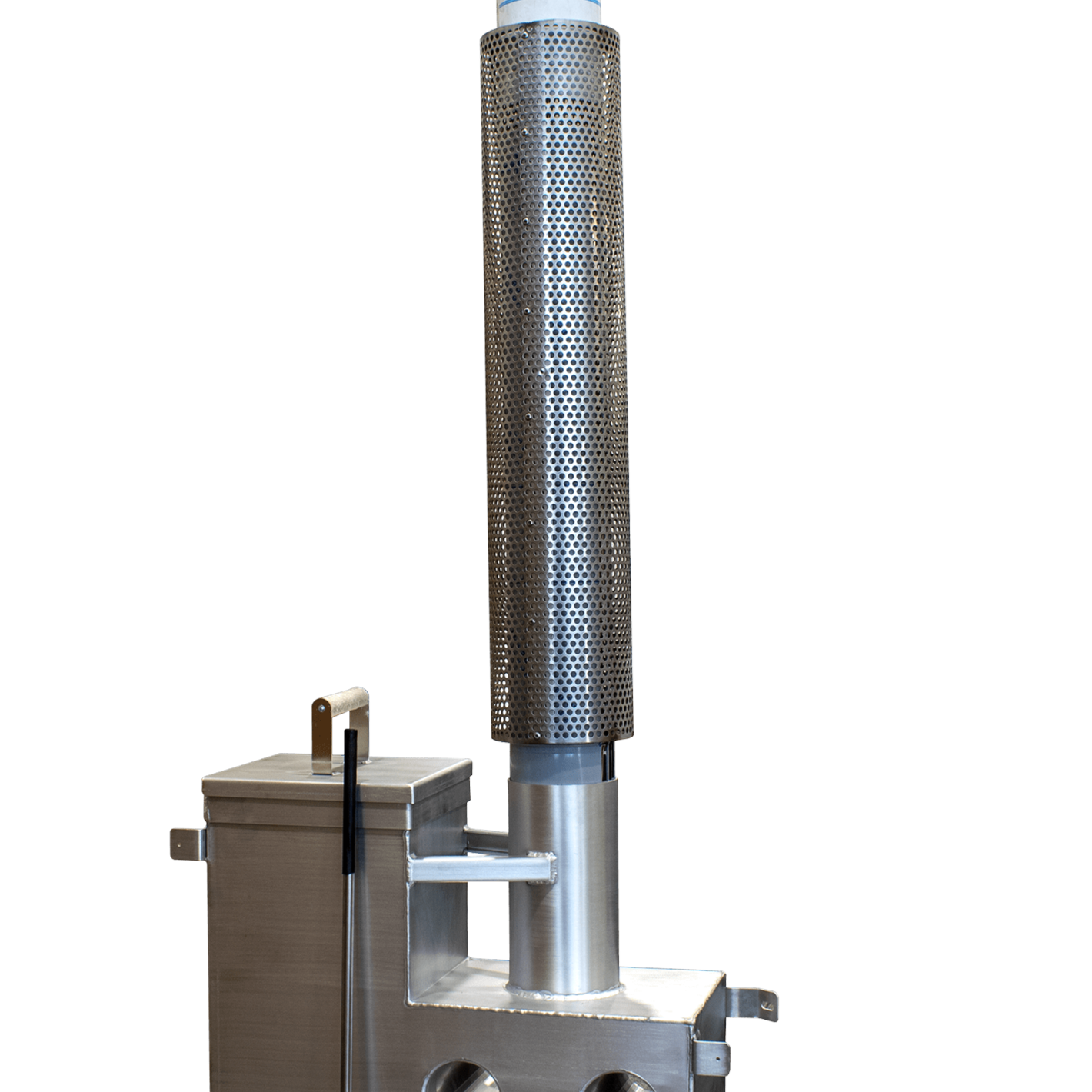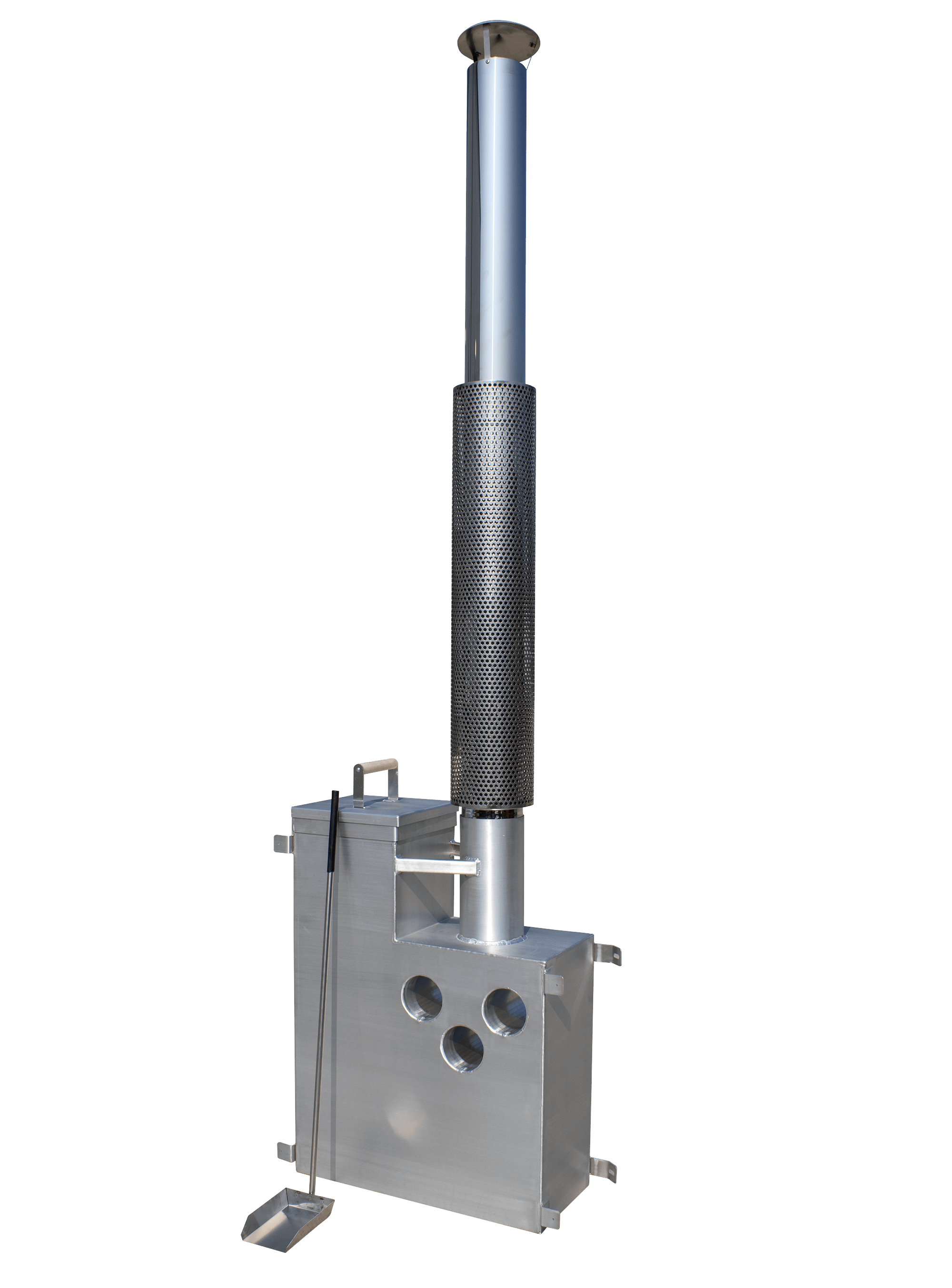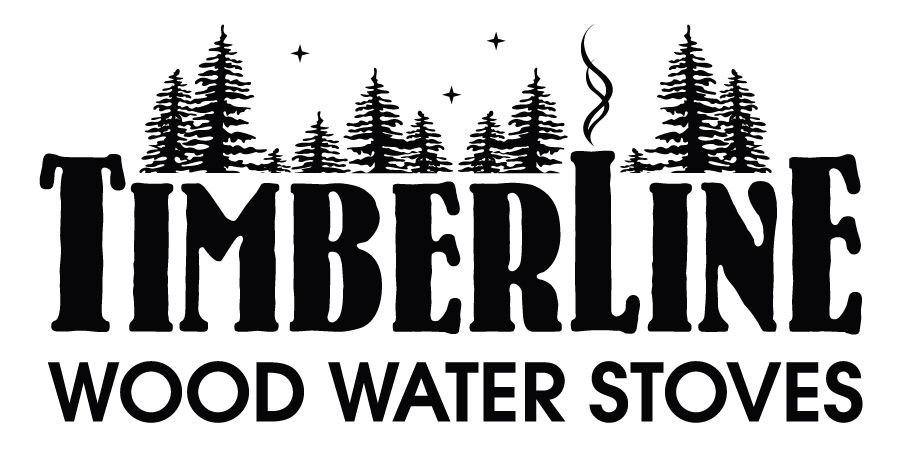-
Your shopping cart is empty!
Interior Stoves
Showing 1 to 1 of 1 (1 Pages)
How They Work
Internal Wood Fired Hot Tub Heaters have been used predominantly with wood fired hot tubs to rapidly heat the water. However, the same heater can be used to heat pools, swim spas and other acrylic and concrete style of hot tubs.
An internal hot tub heater sits directly inside the pool or tub and as such 100% of the heat energy in the heater is transferred to the water. Like the external heater, the water around the heater develops a natural convection as the hot water is heated. Hot water is less dense and as such it will rise to the top of the tub and the cold water from the bottom will replace it and it too will then get heated. An internal pool or hot tub heater needs to mount securely to the side of the tub as the internal air volume will cause the heater to rise (float). A protective fencing (not included) is required to protect bathers from all sides of the internal heater.
The firewood is fed from the top of the heater and an air vent above the water line draws the air down into the fire chamber and then out through the chimney. The air flow is controlled by adjusting the air intake by using the lid and the damper on the chimney. Because the hot water will layer to the top of the tub or pool, you will need to mix the water every so often to get an even temperature throughout the tub. An optional external pump/filter system can be added for better mixing and to keep water clean or a simple paddle is often used to mix the water.
Explore the features of
INTERNAL HOT TUB HEATERS
